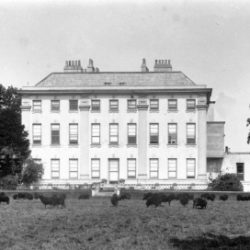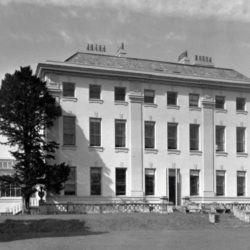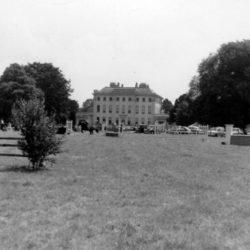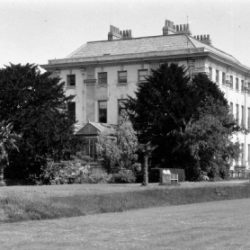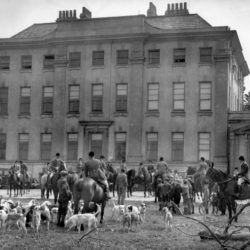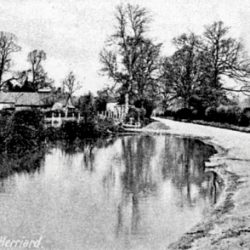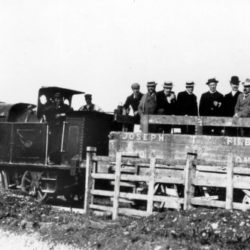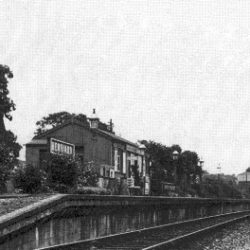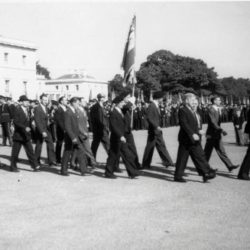History
Herriard evolved as a group of small hamlets and farms tracing their history back to Saxon and Danish agricultural settlements. Despite being affected by the Black Death, the Dissolution of the Monasteries and the Civil War, for hundreds of years this essential farming character was largely retained.
At the time of the Doomsday Survey, Hugh de Port was lord of Herriard and the over lordship was held by his descendants, William, John, and Edward de St. John, in the reigns of Henry III and Edward III.
In the early thirteenth century John de Heryerd was lord. The manor later passed to the de Coudrays and remained in their family until 1528, when Dorothy Coudray died leaving three daughters. The manor passed by the female line to the Paulets and then the Jervoise family.
Herriard House, set in Herriard Park, was the seat of the Jervoise family from 1601. The original mansion was destroyed by fire around 1704 and was replaced by a stately brick building in around 1706 but sadly, Herriard House became derelict and was demolished in the 1960s.
Herriard Grange occupies the site of a grange which once belonged to the nuns of Witney Priory. The nuns were dispersed at the time of the Dissolution of the Monasteries, and the property was granted to the Paulet family. Granges were barns, or farm-houses with barns attached, for the storage of corn and tithes belonging.
The village was formerly served by the now-disused Herriard railway station on the Basingstoke and Alton Light Railway . This opened 1901 and closed in 1932, with the last training running on the line in 1936.
Much has changed through the centuries, with easy access to excellent transport connections creating the growth of a diverse range of businesses in the parish.
To mark the start of the new millennium in Herriard, a special plate was designed by Belinda Hodson, a local Hampshire born artist resident in Herriard since 1953, depicting the traditional Herriard way of life.
It shows St. Mary’s church as the central feature, with local scenes around the rim depicting dairy farming, sheep,(including the Black Welsh mountain flock, imported by Beatrice Jervoise around 1900), wheat and oats (exemplifying arable crops), oak and ash (for what was a thriving forestry industry) and deer (which abound on the estate).
Winslade
At the time of the Doomday Survey the manor of Winslade was held by Hugh de Port, and remained with his descendants for centuries.
In 1562 the manor was sold to William, Marquis of Winchester, and his descendants, the Dukes of Bolton, played a prominent role in village life.
In the 17 th century the first Duke of Bolton had Hackwood House built, and over the years many villagers were employed there. The original building has since been considerably extended and altered.
The hamlet of Winslade has always enjoyed a close relationship with the village of Herriard.

